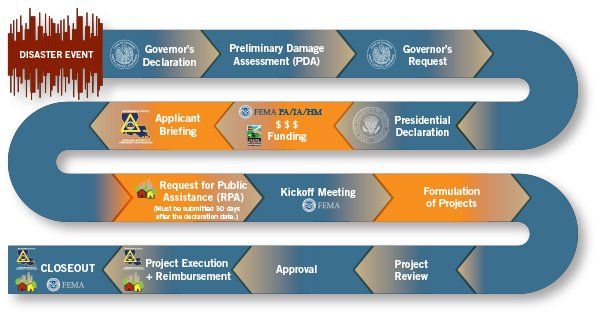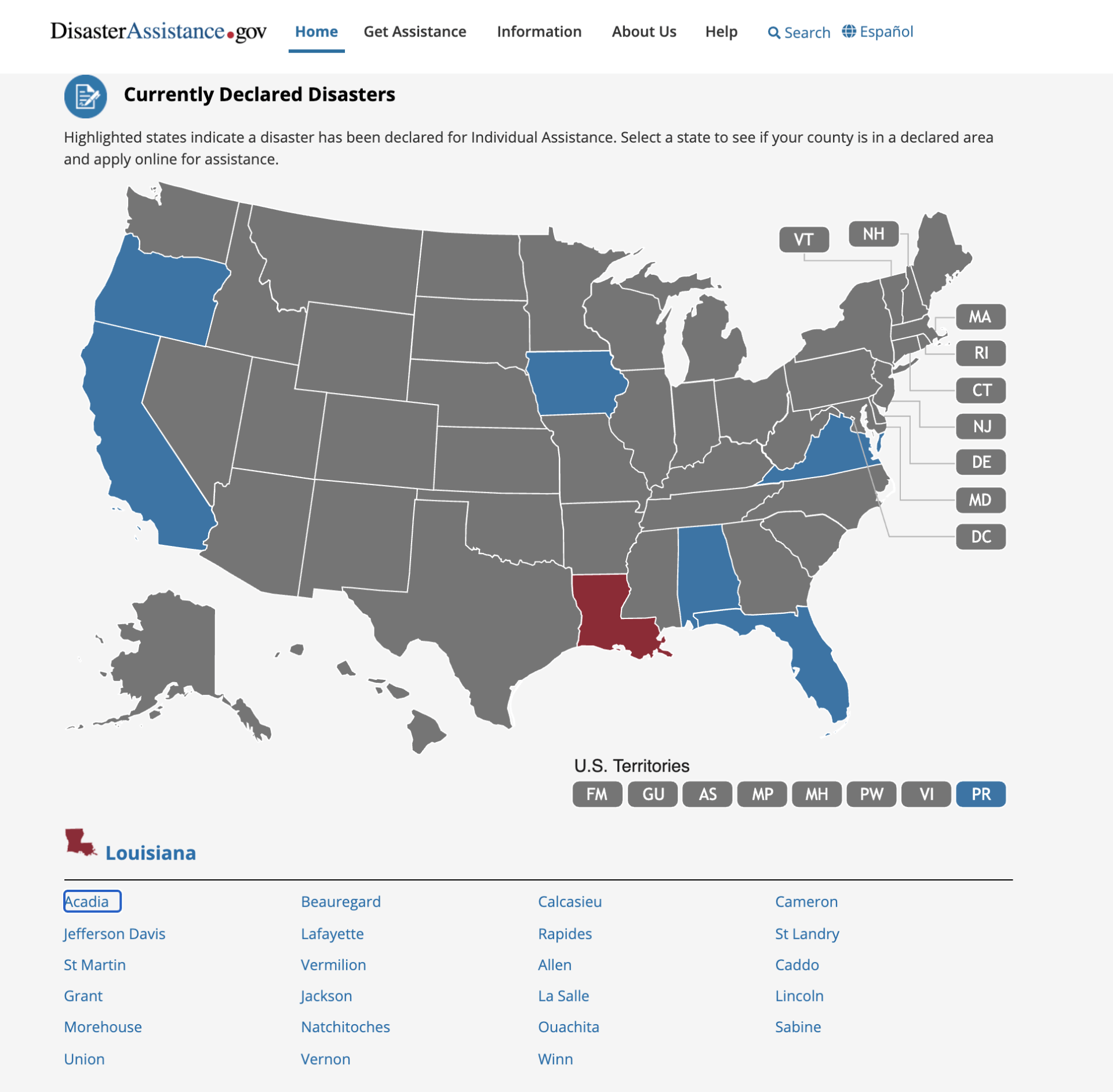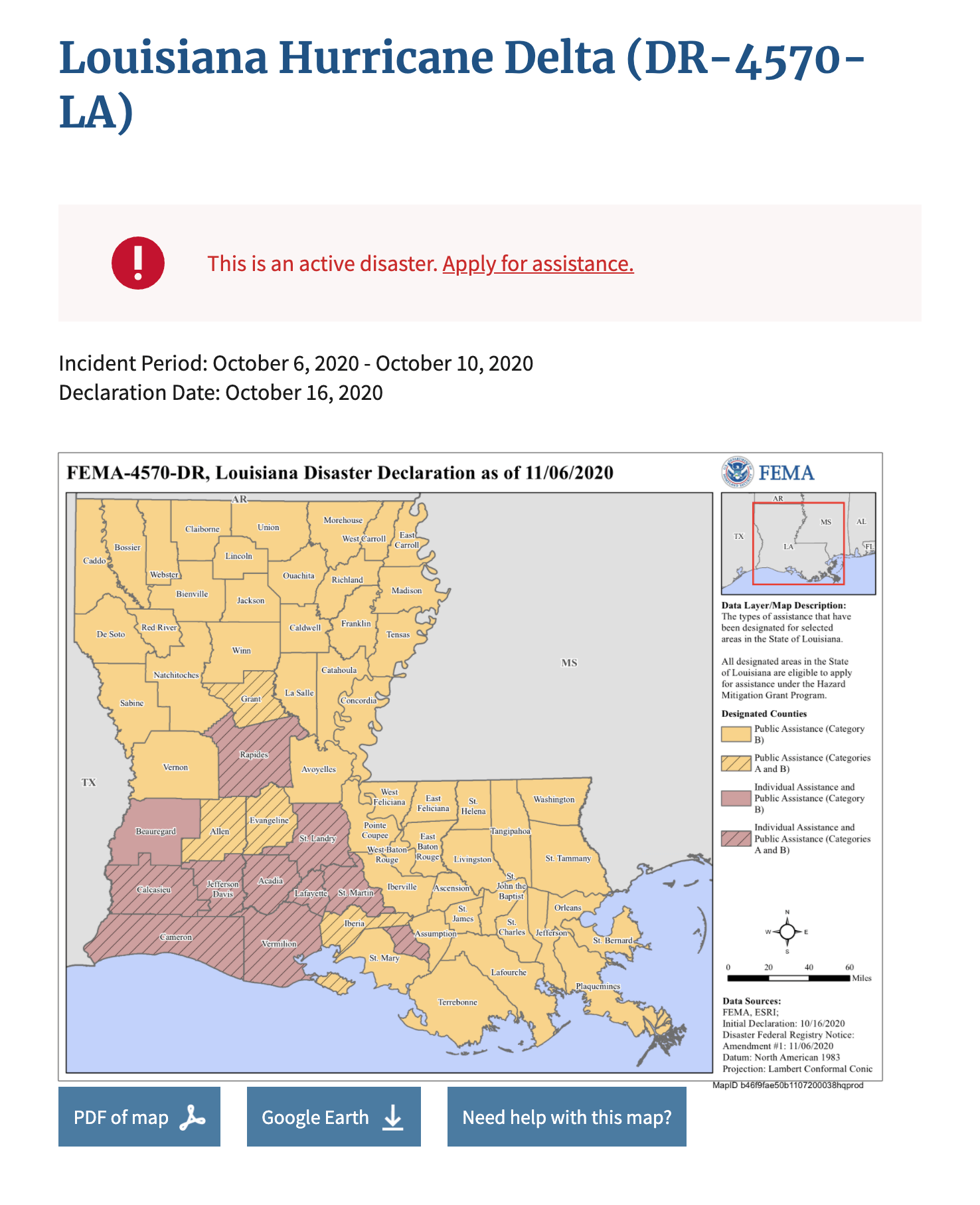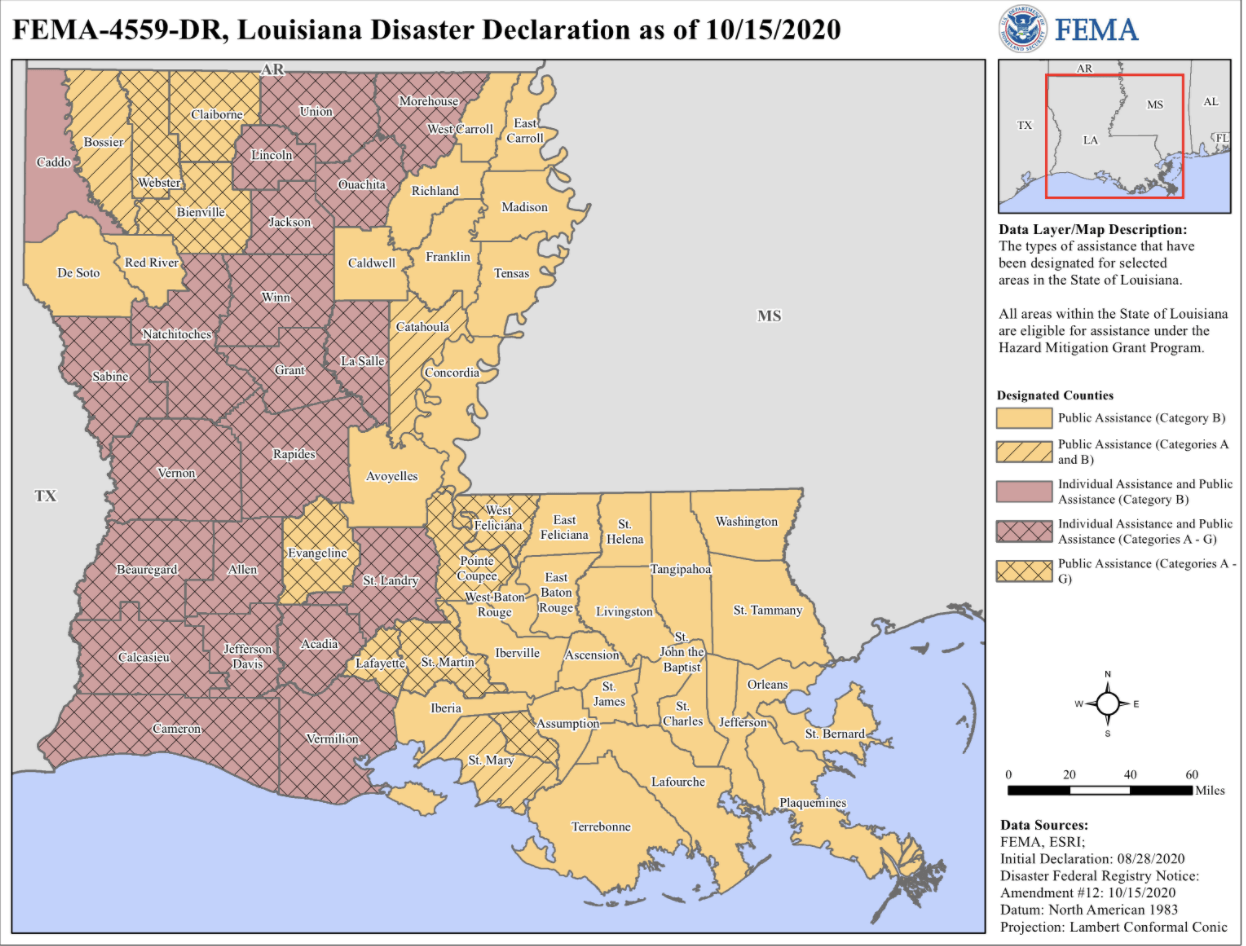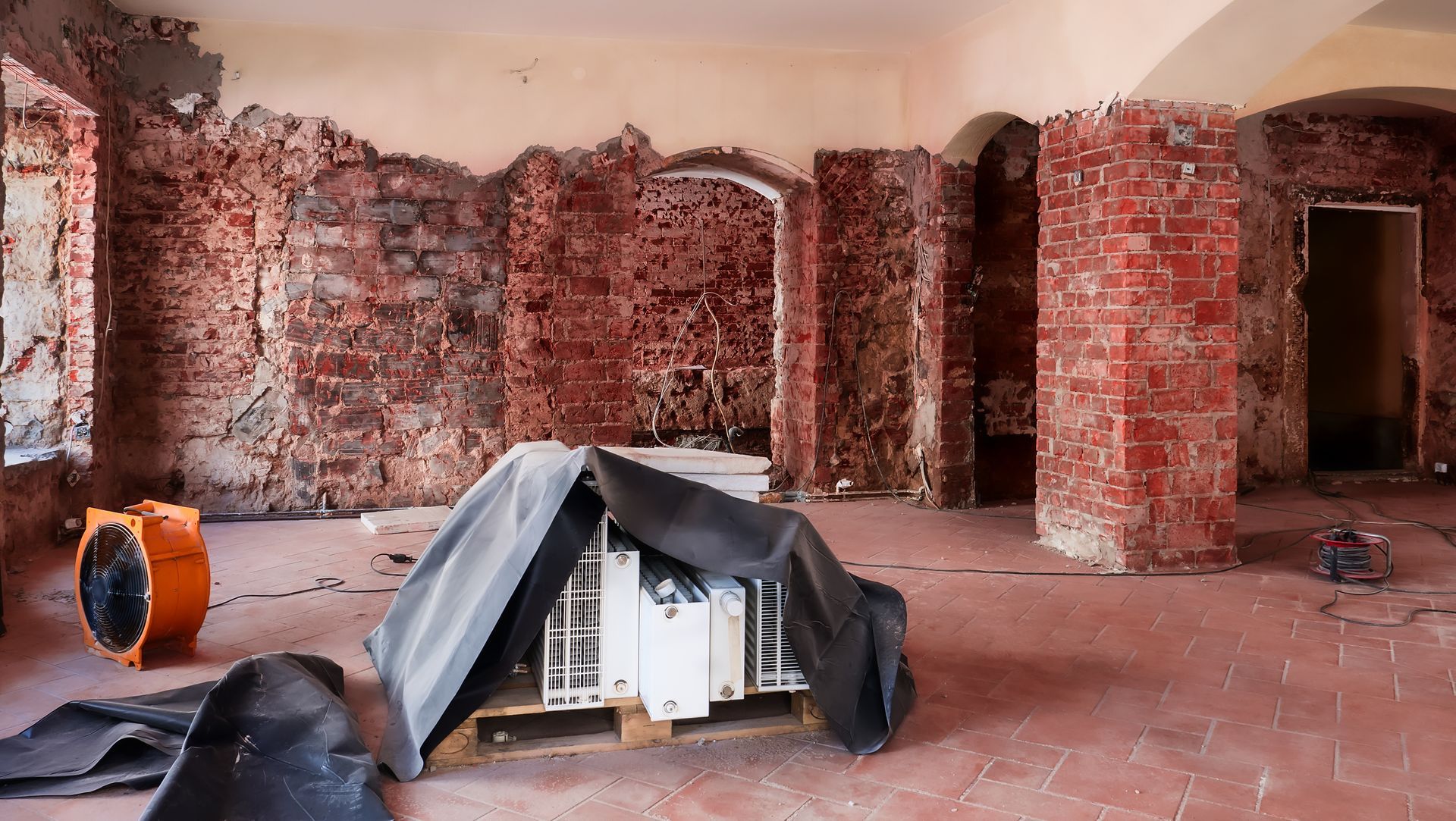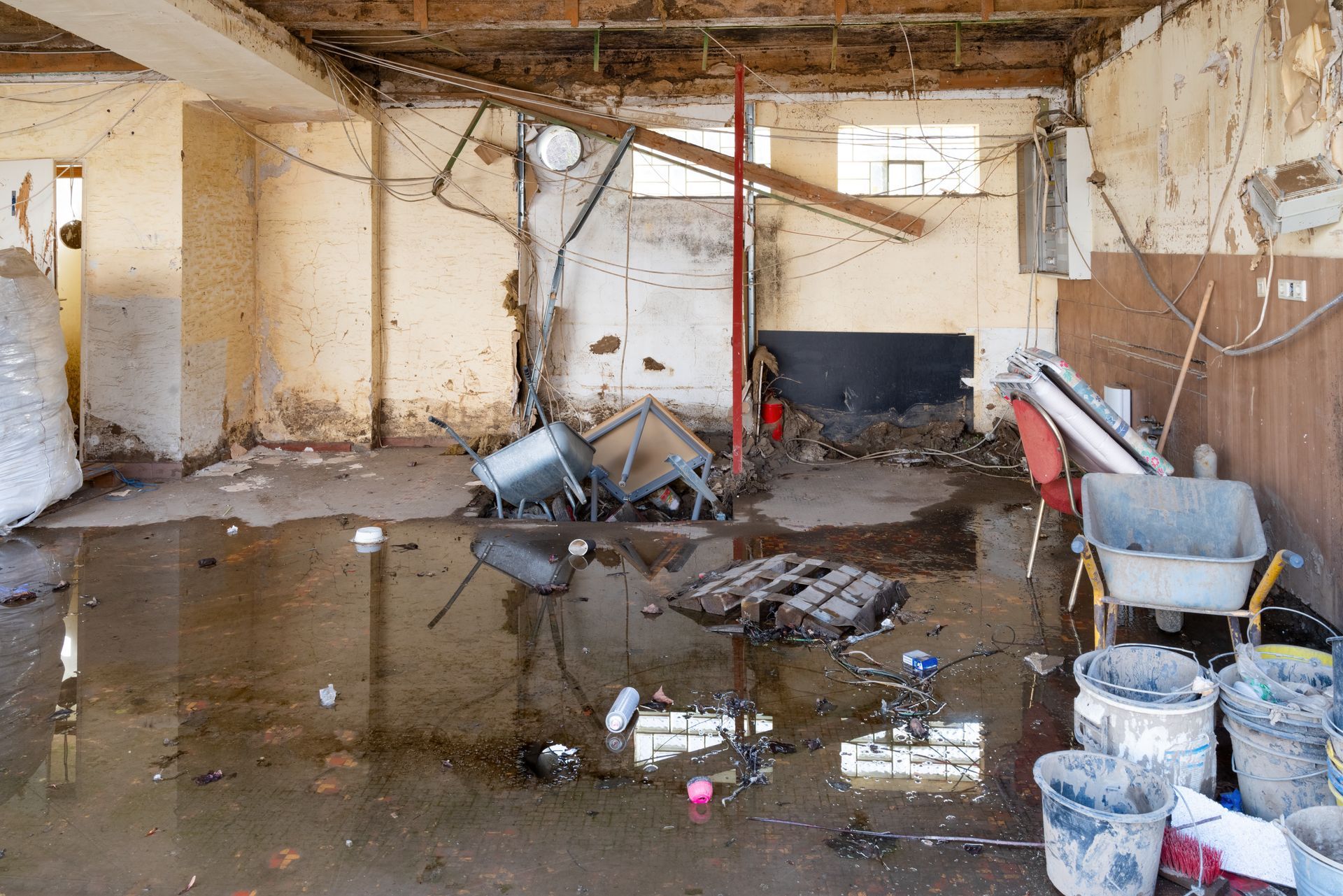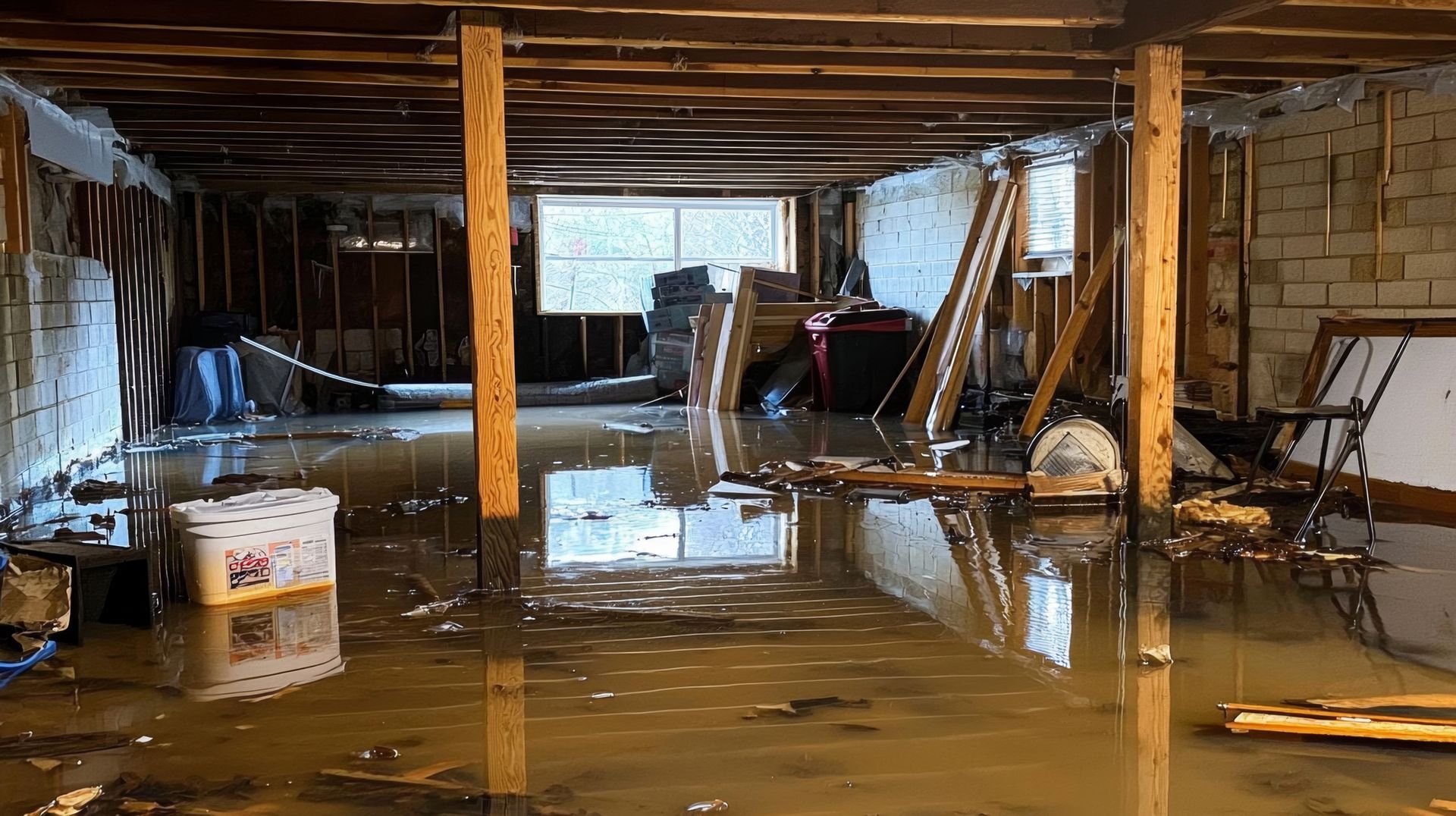Disaster Recovery Resources
As the last couple months of 2020 have arrived, this year has certainly been one no one will ever forget. Of course, there has been the COVID-19 pandemic, but the United States has also seen its fair share of natural disasters. Most notably, the hurricanes and other storms that have affected the Gulf Coast region, as well as the forest fires in California, Oregon and Colorado.
Hurricanes Laura, Delta and Sally severely damaged lives, homes and businesses in Texas, Louisiana, Mississippi, Alabama, and Florida, among other states. In addition to these catastrophic events, more recently, Hurricane Zeta wreaked havoc on the Greater New Orleans and Gulfport and Biloxi regions.
On August 27, 2020, Hurricane Laura caused almost $12 billion in damages alone. You can imagine the thousands of lives that were affected in some way, shape or form. The damage has been great, but the need for help has been greater. Following a disaster, you are faced with the process of cleaning-up, rebuilding and finding financial resources (if you need them). Below, we outline the aid that is available state and national levels.
DISASTER RECOVERY RESOURCES
Most states have dedicated agencies to emergency management. In Louisiana, it is called the Governor’s Office of Homeland Security and Emergency Preparedness, or GOSHEP. Likewise, in Mississippi, it is called the Mississippi Emergency Management Agency or MEMA. These websites have great information about assistance prior-to and post disasters. A comprehensive list of a number of resources for Louisiana can be found here.
FEMA PUBLIC ASSISTANCE
Once a presidential declaration is made in an area (such as a parish or county), it makes different types of Federal Emergency Management Agency (FEMA) aid available. The first is FEMA Public Assistance, or PA. According to the GOSHEP website, “the State must meet its threshold of $6,392,055 in damages in order to receive a Presidential declaration.” This program provides funding to public entities, such state government agencies and school districts, private nonprofit organizations (PNPs), and federally-recognized Native American Indian Tribes.
FEMA INDIVIDUAL ASSISTANCE
Also, there is the Individual Assistance (IA) program, which is also administrated by FEMA. This affords financial or direct assistance to families or individuals for short-term housing, home repairs or home replacement. This program also covers repairs or replacement of personal property items not covered by homeowners or flood insurance. Additional costs may be eligible, visit the FEMA website for a comprehensive list. Currently, the maximum grant per household is $33,000. To be eligible, you must reside within a presidentially-declared disaster area.
SBA LOANS
The Small Business Administration offers low interest loans to both individuals and businesses to assist with repairing or replacing property that has been damaged or destroyed by a declared disaster. For clothing or other property losses, renters and homeowners can get loans up to $40,000. In addition, homeowners can get loans of up to $200,000 to repair homes to their pre-disaster state. These are called home and property disaster loans. The SBA also offers Economic Injury loans, which provides loans to small businesses, small agricultural cooperatives and nonprofit organizations.
New Paragraph

